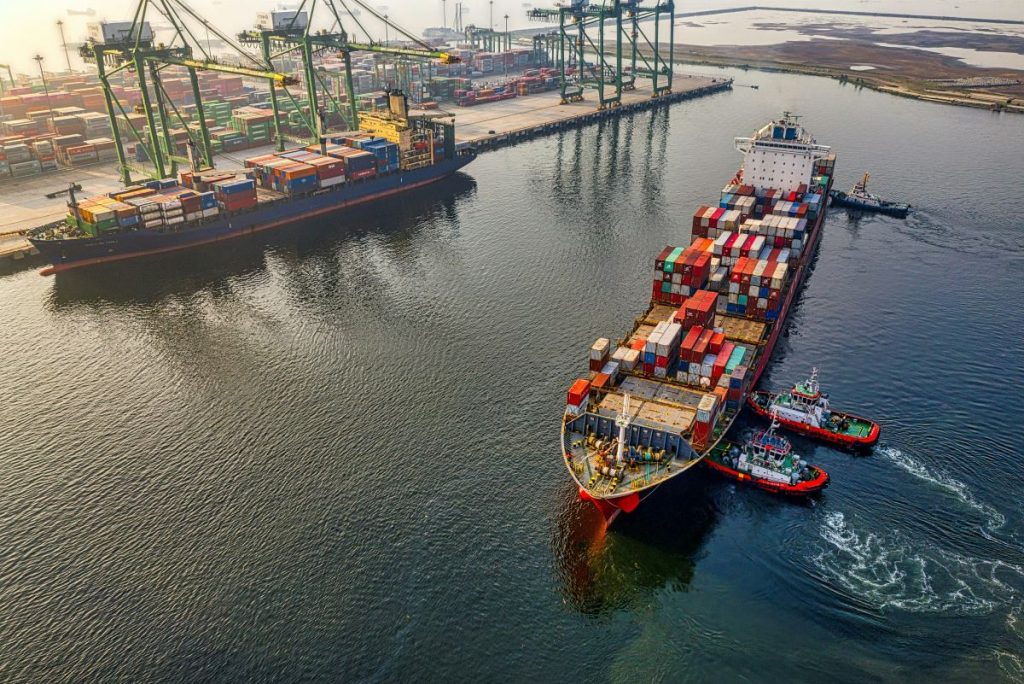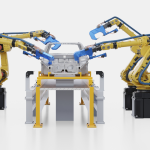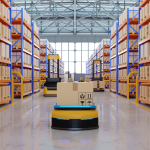As global trade disruptions, tariff volatility, and demand fluctuations create mounting challenges, companies are making aggressive shifts in their supply chain strategies. A new report reveals how businesses are embracing automation, supplier diversification, and nearshoring to stay ahead.
The Unrelenting Strain on Supply Chains
Retailers, wholesalers, and manufacturers are restructuring their supply chains in response to growing economic uncertainty, with many taking decisive action to mitigate risks tied to tariffs, demand swings, and supplier instability. According to the latest State of Supply Chain report from Relex Solutions, 60% of businesses are actively overhauling their supply networks to counteract trade complexities and unpredictable market conditions.
The study, which surveyed nearly 600 supply chain professionals across seven countries, paints a picture of an industry in flux. More than half of respondents identified demand volatility as their biggest challenge, with erratic consumer behavior forcing companies to constantly rethink inventory strategies. Meanwhile, nearly half pointed to escalating trade tensions and tariffs as a major disruption, warning that sourcing bottlenecks and rising costs could become long-term burdens.
A lack of real-time data and visibility further complicates matters, making it difficult for businesses to adjust to sudden shifts in demand, labor availability, and transportation disruptions. Without greater transparency, companies risk falling behind in an increasingly volatile marketplace.
A Shift Toward Resilience and Agility
Rather than simply weathering the storm, many businesses are doubling down on resilience by fundamentally reworking their supply chain strategies. The report highlights a growing emphasis on supplier diversification, with 50% of respondents expanding sourcing options to insulate themselves from geopolitical and economic shocks. At the same time, more companies are moving manufacturing and procurement closer to home, reducing reliance on distant suppliers that may be vulnerable to disruptions.
Retailers, in particular, are responding with a mix of efficiency-driven adjustments and price recalibrations to offset rising costs. Sixty-two percent of surveyed retailers said they are making operational improvements while simultaneously adjusting pricing structures to navigate inflationary pressures. Across industries, companies are also accelerating automation investments, recognizing the role of technology in creating more adaptive and responsive supply chains.
The Technology Factor: Automation and AI as Competitive Necessities
As businesses grapple with an increasingly unpredictable landscape, advanced technology is becoming a critical differentiator. Companies that fail to embrace automation, artificial intelligence, and predictive analytics risk falling behind competitors that can react faster to supply chain disruptions.
“Supply chains are in a pressure cooker—between tariffs, demand shifts, and unpredictable disruptions, the outdated and traditional way of operating isn’t sustainable,” said Dr. Madhav Durbha, group vice president of CPG & Manufacturing at Relex Solutions. “Companies that lean into AI, automation, and supplier diversification will not only weather this volatility but emerge stronger. The ones that don’t risk falling behind.”
With the full Relex State of Supply Chain 2025 report set for release in March, supply chain leaders will soon have deeper insights into how their peers are navigating uncertainty. What remains clear is that businesses can no longer afford to rely on traditional models—success in the future supply chain will be defined by adaptability, technology-driven insights, and strategic resilience.







